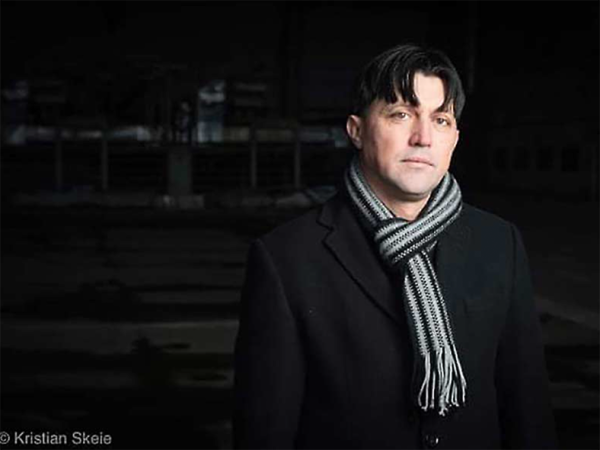July 11 Commemorates Srebrenica Genocide Day
July 11 marks 26 years since the Srebrenica genocide, the biggest in a cluster of massacres that occurred as part of the campaign of ethnic cleansing in eastern parts of Bosnia and Herzegovina during the 1992-1995 war in the country.
It’s the day in 1995 that Bosnian Serb forces led by General Ratko Mladic overran the enclave of Srebrenica, the town in eastern Bosnia and Herzegovina the United Nations had formally designated as a “safe area” in 1993.
In the coming weeks, Bosnian Serb soldiers forcibly separated families, massacred at least 8,000 Bosniak (Bosnian Muslim) boys and men, and deported more than 25,000 women and children.
During this period, more than 10,000 Bosniak men and boys fled Srebrenica on what became known as the Death March, a long and dangerous journey through the surrounding mountains and woods to reach Tuzla, some 30 miles away. Only around 3,000 of them reached safety, some of them as much as two months later.
Earlier this year, thanks to a new collaboration with the Srebrenica Memorial Center, USC Shoah Foundation integrated a pilot collection of 20 testimonies of survivors and witnesses of the Srebrenica genocide into the Visual History Archive.

Hasan Hasanović survived the Srebrenica genocide and the Death March and today is Head of Oral History at the Srebrenica Memorial Center. In the second of a series of interview extracts, he talks about the how the testimonies now being integrated into the Visual History Archive describe July 11, 1995, and the weeks that followed.
How do people describe July 11 in their testimonies?
The way people describe the events in Srebrenica very much depends on where they were. But most talk about the fact that—despite the U.N. presence—they were forcibly separated from their loved ones. Most talk about how afraid they were for their children, for their sons and daughters.
Women who were outside the Potočari U.N. base [near Srebrenica] talk about what most of them saw there. About the killings, soldiers abusing or harassing refugees, the fear, the heat, the lack of food and how scared they were. And about the lack of willingness on the part of the U.N. to protect them.
The most difficult stories to hear are the ones where a mother speaks about losing her only son, or a boy describes his distraught mother pleading with soldiers not to take his older brother away.
I remember a young man talking about his cousin. The cousin was separated from his mother, and when he was pulled away, him saying to his mother “Mother, don’t let me go with them, save me.” And the mother couldn’t save him.
It was just a matter of age. If you were 12, then you were dead. If you were 13, 14, or 15, you were even more dead.
In their testimonies, do any of the people who lived through the Srebrenica Genocide express survivor’s guilt?
Many women survivors talk about the fact that they could not do anything to save their loved ones. One woman says that when she was inside the U.N. base, when she and everybody else realized that they would have to leave, they immediately realized that the men and boys inside the base would be taken away. She describes looking in her brother's eyes and recalls that she had never seen greater fear in her entire life. “That image will remain in my mind for the rest of my life,” she says. From that moment on, she says she was unable to look at her brother again, and that Bosnian Serb forces took him away, she didn’t dare say a word for fear of being taken away as well. In her testimony she wonders, “If I had screamed, would that have changed anything?” Despite knowing that there was probably nothing she could have done, she still feels guilty.
You yourself were on the “Death March” from Srebrenica to the free territory of Tuzla. How is that experience described by others in their testimonies?
Those who were on the Death March talk about five days and five nights of being hunted in the forest by soldiers. Hiding in streams and bushes, being chased by military dogs. Some describe being ambushed and then burying themselves under piles of corpses until they could figure out how to sneak away. About how exhausted they were, how they had no food, no water. How they hallucinated. Fathers, brothers, and sons speak of hearing their loved ones calling for help, and there being nothing that they could do. If you survived, you could have moved to the United States or to Australia but those voices will follow you wherever you go. They will stay with you forever.
What effect does telling these stories have on the people giving their testimony?
When people talk, they will often break down and cry and—because those of us taking the testimonies are also survivors—we know what they need and do our best to make them feel safe. While each survivor’s story is different, we also share similar experiences.
People giving testimony know that it is very important to tell the story of their survival and to make sure that those who deny, those who minimize the genocide will not prevail. They know that oral history is the strongest tool with which to fight denial, to fight revisionism.